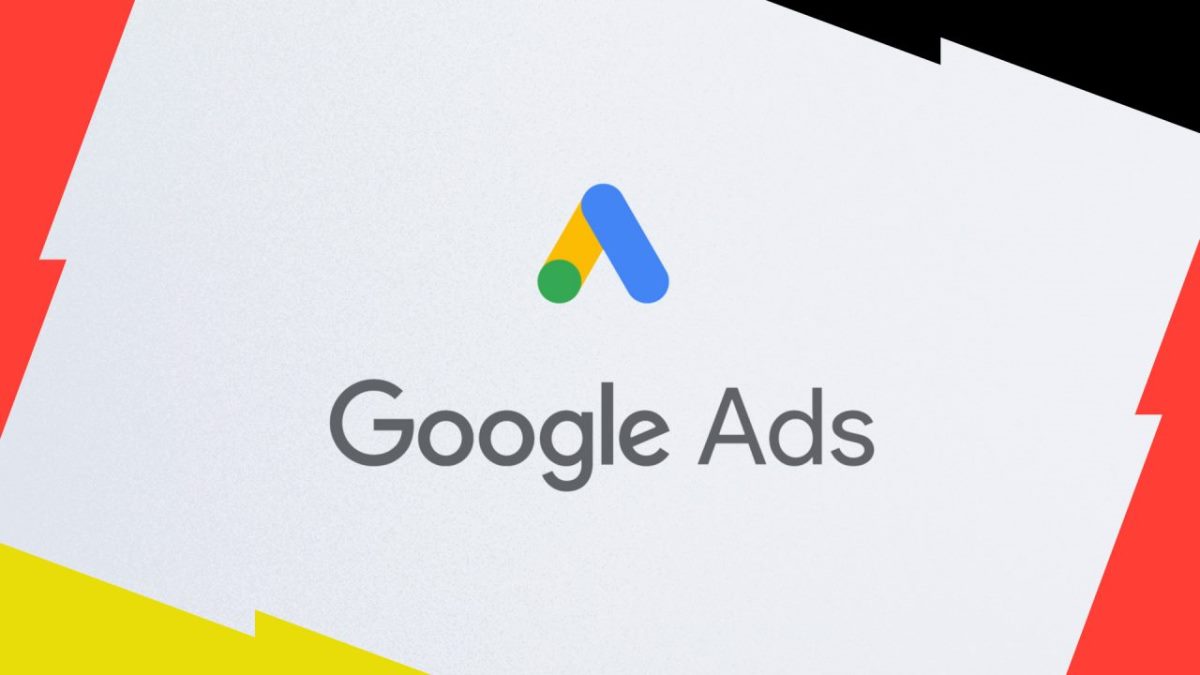2024 is the year to get uncomfortably excited as a digital marketer. This year marks an inflection point for marketing with Chrome’s planned third party cookie deprecation in the second half of 2024, as well as regulatory changes in the landscape.
People want to know what personal data is collected, how it’s used, and who it’s being shared with online.
Echoing sentiments found in Europe, as highlighted by research from IAB Europe, which reveals that 75% of Europeans would opt for the current internet experience, complete with targeted ads, over a version devoid of personalized advertising but requiring payment for access to websites, content, and apps, Africans too, despite their privacy concerns, highly value personalized online experiences
Now it’s time to take a hard look at your ads privacy strategy and get a realistic picture of how much you may still rely on legacy technology, like third party cookies.
This is the end of the ‘precision’ era in favour of new tools like AI and privacy preserving technology that enable ‘prediction’.
Here are the five steps marketers need to take:
1. Tagging is the most important step:
Tagging is the foundation on which a successful measurement strategy is built – it’s how advertisers understand how their websites and campaigns are performing, measure conversions and thoughtfully and responsibly collect first-party data.
A strong tagging foundation is absolutely essential to getting the information advertisers need to make strategic decisions. It is the best way to measure conversions and optimize the value of marketing investments.
2. Consent, consent consent:
It goes without saying that getting proper consent is critical. When users do not give consent advertisers can preserve ads personalisation features through a combination of first party data and Google AI.
We have announced upgrades to consent mode to help advertisers ensure they have the proper consent structure setup for measurement and advertising purposes.
AI-driven tools require less data to make predictions and fill in the gaps for unknowns to help you optimize for your campaign goals. For instance, leveraging consent and conversion modeling techniques could significantly benefit an African airline, mirroring the success seen by Air France in European markets.
By adopting similar strategies, Air France was able to increase its conversions by an average of 9% across Europe, including a notable 4% increase in France alone.
This was achieved through more precise measurement of consent and conversions, highlighting the effectiveness of these modeling techniques.
3. Create a first-party data strategy:
First party data is absolutely paramount to the future of measurement and advertising. In a constantly evolving landscape, building and strengthening your first party strategy is more important than ever, especially as consumers move from device to device and are harder to reach.
4. Simplify the management and use of your data:
Less than a third of marketers consistently and effectively access and integrate first-party data across channels.
Google Ads Data Manager takes what could be months of work and turns it into a few simple steps, making it easier for advertisers to manage and control their first-party data.

It puts all your data management controls in one place, enabling you to drive incremental revenue and better outcomes for your business.
5. Take stock and adapt:
This year Chrome plans to deprecate third party cookies. Now is the time to take stock of how much of your measurement strategy still relies on third party cookies and begin adopting measurement solutions that will be durable far into the future, like enhanced conversions, and Google Analytics 4.
The companies that have started to embrace this new mindset shift and privacy preserving techniques are already starting to see gains. Put bluntly, privacy is good for business.
What they’ve shown is it’s important to test and learn now to figure out what works best and make adjustments.
Regardless of where you stand, the landscape has already changed. Third party identifiers are deteriorating fast.
It’s time for marketers to embrace the change and enter a new period of innovation and growth – together.







